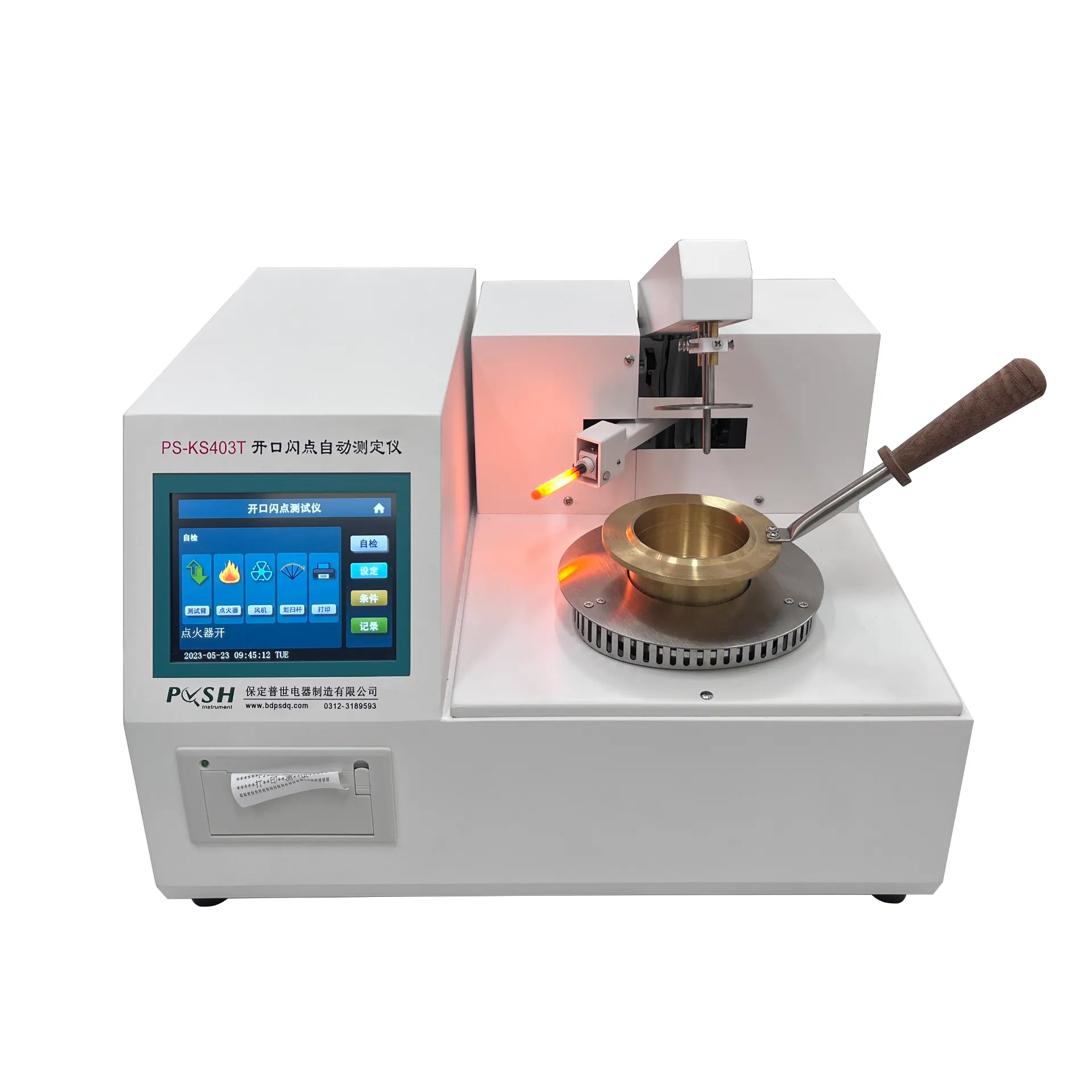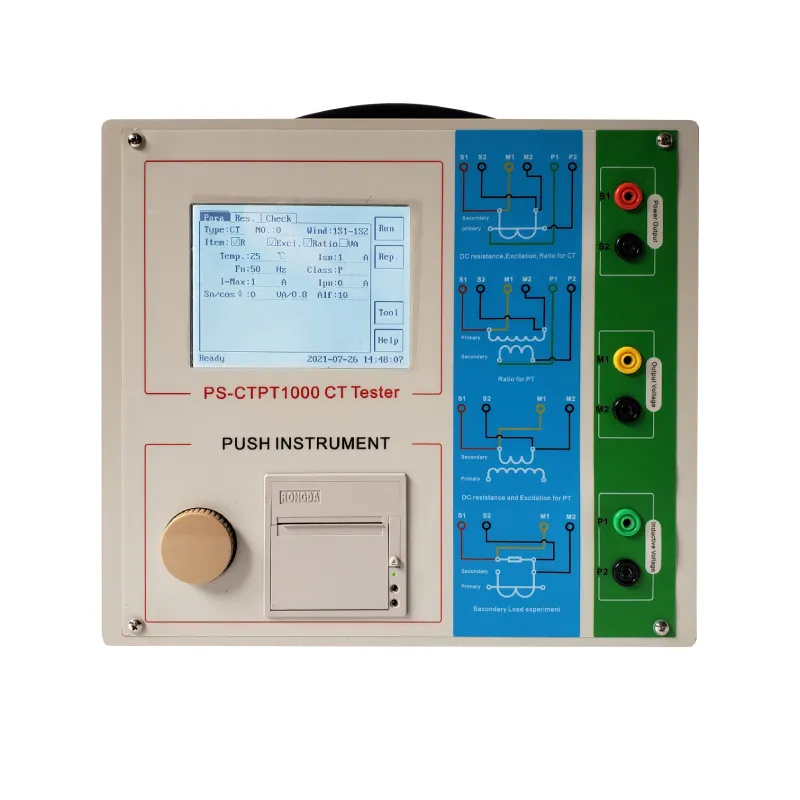TEL:
+86-0312-3189593
 English
English

Telephone:0312-3189593

Email:sales@oil-tester.com

-
 Afrikaans
Afrikaans -
 Albanian
Albanian -
 Amharic
Amharic -
 Arabic
Arabic -
 Armenian
Armenian -
 Azerbaijani
Azerbaijani -
 Basque
Basque -
 Belarusian
Belarusian -
 Bengali
Bengali -
 Bosnian
Bosnian -
 Bulgarian
Bulgarian -
 Catalan
Catalan -
 Cebuano
Cebuano -
 China
China -
 China (Taiwan)
China (Taiwan) -
 Corsican
Corsican -
 Croatian
Croatian -
 Czech
Czech -
 Danish
Danish -
 Dutch
Dutch -
 English
English -
 Esperanto
Esperanto -
 Estonian
Estonian -
 Finnish
Finnish -
 French
French -
 Frisian
Frisian -
 Galician
Galician -
 Georgian
Georgian -
 German
German -
 Greek
Greek -
 Gujarati
Gujarati -
 Haitian Creole
Haitian Creole -
 hausa
hausa -
 hawaiian
hawaiian -
 Hebrew
Hebrew -
 Hindi
Hindi -
 Miao
Miao -
 Hungarian
Hungarian -
 Icelandic
Icelandic -
 igbo
igbo -
 Indonesian
Indonesian -
 irish
irish -
 Italian
Italian -
 Japanese
Japanese -
 Javanese
Javanese -
 Kannada
Kannada -
 kazakh
kazakh -
 Khmer
Khmer -
 Rwandese
Rwandese -
 Korean
Korean -
 Kurdish
Kurdish -
 Kyrgyz
Kyrgyz -
 Lao
Lao -
 Latin
Latin -
 Latvian
Latvian -
 Lithuanian
Lithuanian -
 Luxembourgish
Luxembourgish -
 Macedonian
Macedonian -
 Malgashi
Malgashi -
 Malay
Malay -
 Malayalam
Malayalam -
 Maltese
Maltese -
 Maori
Maori -
 Marathi
Marathi -
 Mongolian
Mongolian -
 Myanmar
Myanmar -
 Nepali
Nepali -
 Norwegian
Norwegian -
 Norwegian
Norwegian -
 Occitan
Occitan -
 Pashto
Pashto -
 Persian
Persian -
 Polish
Polish -
 Portuguese
Portuguese -
 Punjabi
Punjabi -
 Romanian
Romanian -
 Russian
Russian -
 Samoan
Samoan -
 Scottish Gaelic
Scottish Gaelic -
 Serbian
Serbian -
 Sesotho
Sesotho -
 Shona
Shona -
 Sindhi
Sindhi -
 Sinhala
Sinhala -
 Slovak
Slovak -
 Slovenian
Slovenian -
 Somali
Somali -
 Spanish
Spanish -
 Sundanese
Sundanese -
 Swahili
Swahili -
 Swedish
Swedish -
 Tagalog
Tagalog -
 Tajik
Tajik -
 Tamil
Tamil -
 Tatar
Tatar -
 Telugu
Telugu -
 Thai
Thai -
 Turkish
Turkish -
 Turkmen
Turkmen -
 Ukrainian
Ukrainian -
 Urdu
Urdu -
 Uighur
Uighur -
 Uzbek
Uzbek -
 Vietnamese
Vietnamese -
 Welsh
Welsh -
 Bantu
Bantu -
 Yiddish
Yiddish -
 Yoruba
Yoruba -
 Zulu
Zulu
شوبات . 01, 2025 05:53
Back to list
PS-1001 Oil breakdown voltage tester
Capacitive voltage transformers (CVTs) are integral components in modern electrical power systems, especially in high voltage transmission networks. These devices ensure accurate voltage measurements, essential for the reliable operation and protection of electrical systems. Conducting tests on CVTs is crucial for maintaining system efficiency and safety.
5. Capacitance and Dissipation Factor Testing Measuring the capacitance and the dissipation factor helps in assessing the health of the capacitive elements of a CVT. Variations from the manufacturer's specifications may point to issues like moisture ingress or dielectric aging. Benefits of Routine CVT Testing Regular testing of CVTs provides several benefits, such as improving system reliability and extending the lifespan of the equipment. Identifying issues early through diagnostic tests enables timely maintenance actions, preventing unplanned outages and maintaining accuracy in system operations. Implementing a Comprehensive Testing Program A structured testing program not only involves periodic tests but also real-time monitoring using advanced diagnostic tools. Implementing continuous monitoring systems that integrate data from different tests can provide insights into both the current status and predictive maintenance needs of CVTs. Furthermore, leveraging the expertise of seasoned technicians and engineers ensures accurate test execution and interpretation of results. This approach enhances the reliability of power systems, maintaining the consistency and accuracy essential for modern energy grids. Trust and Professional Assurance In the complex domain of high voltage electrical systems, the trustworthiness of CVT testing is paramount. Certifications from recognized organizations and adherence to international testing standards such as IEC 61869-5 are pivotal in affirming the credibility of testing procedures. Companies should continually invest in professional development and ensure their teams are equipped with the latest skills and knowledge in CVT testing. Future Innovations in CVT Testing The future of CVT testing is poised for innovations, integrating smart technologies and data analytics to enhance precision and ease of use. Emerging technologies, such as machine learning and IoT, promise to revolutionize the testing landscape by offering predictive diagnostics and real-time monitoring capabilities, further enhancing the reliability of CVT operations. In conclusion, capacitive voltage transformer testing is a critical aspect of maintaining the operational integrity of power transmission systems. Through rigorous testing protocols and advancements in diagnostic technology, utility providers can ensure that CVTs continue to function reliably, safeguarding the electrical networks that power modern life. Continued emphasis on expertise, reliability, and innovation will solidify the role of CVT testing in the evolving energy sector.


5. Capacitance and Dissipation Factor Testing Measuring the capacitance and the dissipation factor helps in assessing the health of the capacitive elements of a CVT. Variations from the manufacturer's specifications may point to issues like moisture ingress or dielectric aging. Benefits of Routine CVT Testing Regular testing of CVTs provides several benefits, such as improving system reliability and extending the lifespan of the equipment. Identifying issues early through diagnostic tests enables timely maintenance actions, preventing unplanned outages and maintaining accuracy in system operations. Implementing a Comprehensive Testing Program A structured testing program not only involves periodic tests but also real-time monitoring using advanced diagnostic tools. Implementing continuous monitoring systems that integrate data from different tests can provide insights into both the current status and predictive maintenance needs of CVTs. Furthermore, leveraging the expertise of seasoned technicians and engineers ensures accurate test execution and interpretation of results. This approach enhances the reliability of power systems, maintaining the consistency and accuracy essential for modern energy grids. Trust and Professional Assurance In the complex domain of high voltage electrical systems, the trustworthiness of CVT testing is paramount. Certifications from recognized organizations and adherence to international testing standards such as IEC 61869-5 are pivotal in affirming the credibility of testing procedures. Companies should continually invest in professional development and ensure their teams are equipped with the latest skills and knowledge in CVT testing. Future Innovations in CVT Testing The future of CVT testing is poised for innovations, integrating smart technologies and data analytics to enhance precision and ease of use. Emerging technologies, such as machine learning and IoT, promise to revolutionize the testing landscape by offering predictive diagnostics and real-time monitoring capabilities, further enhancing the reliability of CVT operations. In conclusion, capacitive voltage transformer testing is a critical aspect of maintaining the operational integrity of power transmission systems. Through rigorous testing protocols and advancements in diagnostic technology, utility providers can ensure that CVTs continue to function reliably, safeguarding the electrical networks that power modern life. Continued emphasis on expertise, reliability, and innovation will solidify the role of CVT testing in the evolving energy sector.
Latest news
-
Testing Equipment Industry Sees Major Advancements in 2025: Smart & Precision Technologies Lead the WayNewsJun.06,2025
-
Applications of Direct Current Generators in Renewable Energy SystemsNewsJun.05,2025
-
Hipot Tester Calibration and Accuracy GuidelinesNewsJun.05,2025
-
Digital Circuit Breaker Analyzer Features and BenefitsNewsJun.05,2025
-
Benefits of Real-Time Power Quality Monitoring Devices for Industrial EfficiencyNewsJun.05,2025
-
Earth Fault Loop Testing in High-Rise Building Electrical SystemsNewsJun.05,2025



